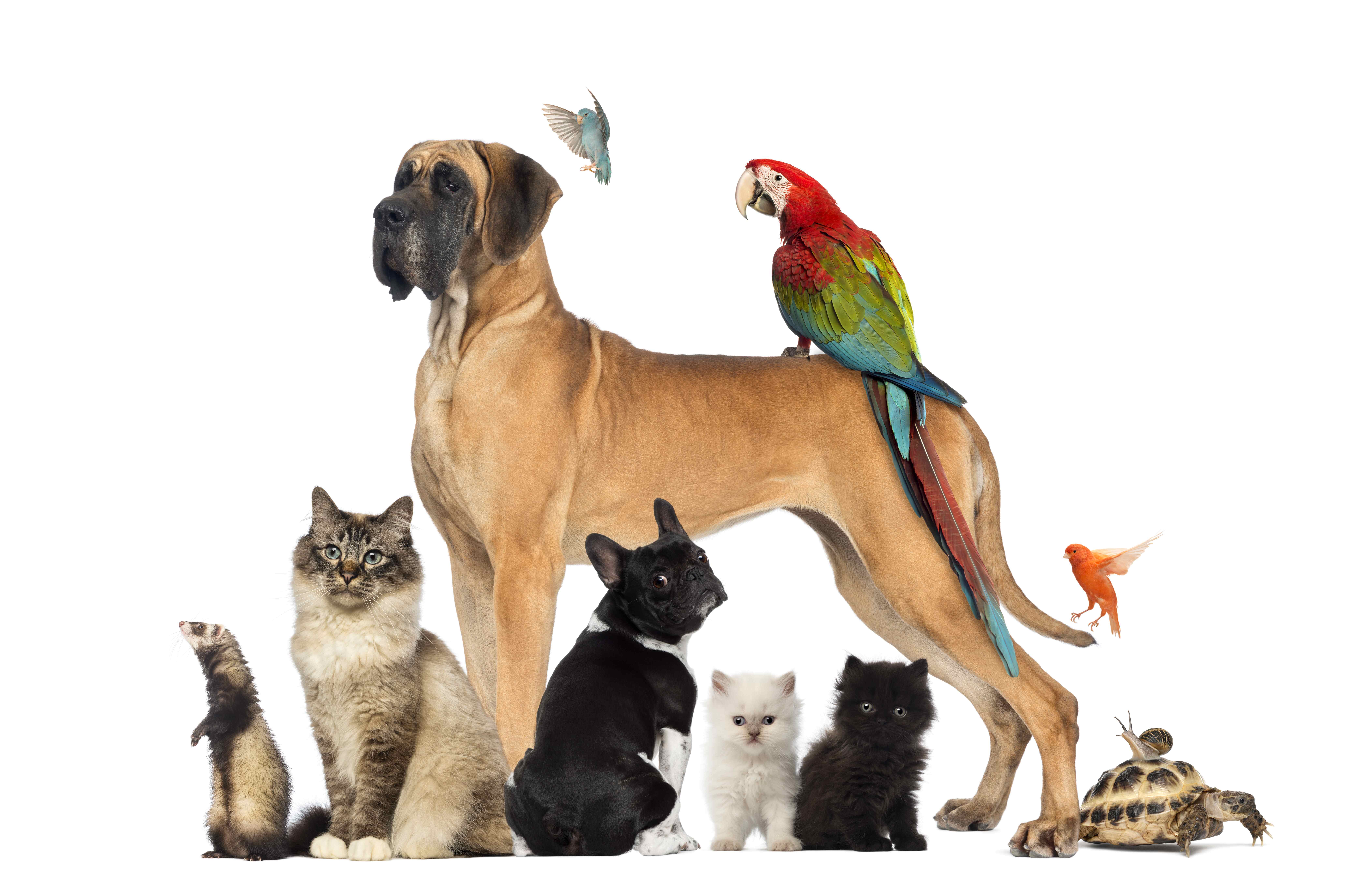Excessive Drooling In Dogs

If your dog is going from normal slobber to concerning symptoms, consider the following guidelines.
Excessive drooling in dogs can be concerning for dog parents, but understanding its causes and effective approaches to managing it can help ease worries. Here’s a guide to tackling this common issue.
Understanding Normal Drooling
Drooling is a natural behavior in dogs, serving various purposes, such as aiding digestion and cooling down. However, some breeds, like Mastiffs and Saint Bernards, are known for their slobbering due to their mouth structure. While a moderate amount of drool is normal, excessive drooling can indicate underlying health issues, such as dental problems or nausea.
Common Causes of Excessive Drooling
Excessive drooling, or hypersalivation, can stem from several factors:
Dental Issues:
Gum disease and tooth decay can cause pain, leading to increased drooling.
Foreign Objects and mouth injury:
Items stuck in a dog’s mouth can trigger excessive saliva production.
Nausea:
Dogs may drool more if they feel sick, especially during car rides or after eating something that doesn’t agree with them.
Heat Stroke:
Overheating can lead to excessive drooling, particularly in breeds prone to heat exhaustion.
Gastrointestinal Disorders:
Various gastrointestinal issues can cause discomfort, leading to increased salivation in dogs.
Chemical or Electrical Burn:
Burns in the mouth can result in excessive drooling as a response to pain or irritation.
Neurological Conditions:
Conditions affecting the nervous system can disrupt normal saliva production, leading to drooling.
Toxins and Venoms:
Exposure to toxic substances or venom can trigger a drooling response in dogs.
Abdominal Pain:
Pain in the abdominal region can cause dogs to drool excessively as a symptom of distress.
Anxiety:
Stress and anxiety can lead to increased drooling in dogs, often seen during stressful situations.
Congenital Abnormality:
Some dogs may have congenital issues that affect their salivary glands or mouth structure, leading to drooling.
Viral or Bacterial Infection:
Infections in the mouth or systemic infections can result in increased saliva production as the body responds to illness.
If you notice sudden changes in your dog’s drooling habits, it’s crucial to consult a veterinarian to rule out serious conditions.
Approaches to Manage Drooling
For dog parents looking to address excessive drooling, consider these approaches:
-
Dietary Adjustments
A balanced diet can significantly impact your dog’s overall health. Incorporate high-quality, easily digestible foods to minimize gastrointestinal discomfort, which can lead to drooling. Additionally, consider adding probiotics to support digestive health.
-
Regular Dental Care
Maintaining your dog’s oral hygiene is essential. Regular tooth brushing and professional dental cleanings can prevent dental diseases that cause excessive drooling. Chew toys and dental treats can also help keep teeth clean and gums healthy.
-
Stress Management
If your dog drools due to anxiety or stress, implementing calming techniques can be beneficial. Create a safe space for your dog, use pheromone diffusers, or consider natural supplements like calming herbs (e.g., chamomile or valerian root) to help soothe their nerves.
-
Hydration and Cooling Techniques
Ensure your dog stays hydrated, especially during hot weather. Provide plenty of fresh water and consider using cooling mats or vests to keep them comfortable on warm days. Regular breaks during exercise can also prevent overheating.
-
Regular Vet Check-Ups
Routine veterinary visits are crucial for early detection of potential health issues. Discuss any concerns about drooling with your vet, who can provide tailored advice and treatments.
When to Seek Veterinary Care
While drooling can be normal, excessive drooling accompanied by other symptoms, like lethargy, vomiting, or difficulty eating, warrants immediate veterinary attention. Early intervention can make a significant difference in your dog’s health and well-being.
The post Excessive Drooling in Dogs appeared first on Animal Wellness Magazine.


